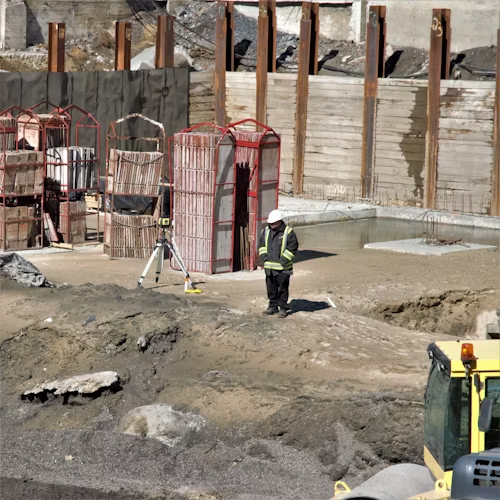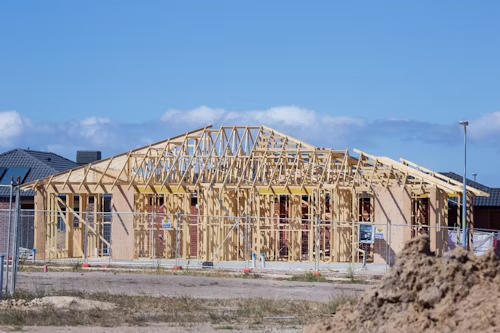
BILLINGS, Mont. — Montana’s growing population is fueling an urgent need for housing, but with that growth comes another challenge: the steep rise in construction costs.

Local builder Steve Wells, president of Wells Built Incorporated, says the trend hasn’t slowed even after the height of the pandemic.
"We saw tremendous growth during Covid," Wells said Friday morning. "2021 is when we really saw the prices shoot through the roof, but there's still a good demand for new homes in Billings."
To help meet that demand, Wells is spearheading development of Wild Rose, a new 170-home subdivision in west Billings near 54th Street West. His strategy: focus on smaller, more affordable homes that first-time buyers can realistically enter the market with.
"We've really noticed the need for a smaller footprint for these new home buyers," Wells said. "So, we're kind of hoping to fill some of those needs that apartments or duplexes have covered."
But even with cost-conscious designs, expenses for builders have surged. Wells explained that the price of construction materials has nearly doubled, while labor costs are up by 50 percent.
"Our materials have increased nearly double, and labor is up 50 percent," Wells said.
Interestingly, he dismissed the idea that tariffs were the main driver of these price hikes.
"We were prepared at the start of the year for much worse price increases, but it hasn't been noticeable," Wells said.
On the labor side, framers like Tanner Adams and Mark Butler say the rise in costs has translated into higher wages and steady work.
"Our labor has gone up," Adams said. "I mean, we're all making $30 plus per hour."

They also echoed Wells’ view that tariffs aren’t the culprit.
"It's pretty much the same," Butler said. "It fluctuates so bad anyhow that you can't tell anything with the tariffs."
Instead, they point to the relentless demand for housing, which has kept construction crews working at full speed.
"Some of these houses we're selling before they're even built," Adams said.
"Most of these houses we're selling before they're built," Butler corrected.
To keep costs in check, Wells said his company is focusing on bulk orders for mass-produced homes rather than custom builds.
"In doing that, it saves around 20 percent of the cost," Wells said.
Despite the challenges, Wells remains committed to affordability and quality.
"We focus on building a really good home for the best price we can," Wells said.
For Adams and Butler, that means job security in an industry that shows no signs of slowing down.
"We're way more worried about running out of work than having too much," Adams said with a smile. "So, the more they give us, the more we'll build."
Originally reported by Charlie Klepps in KTVQ.